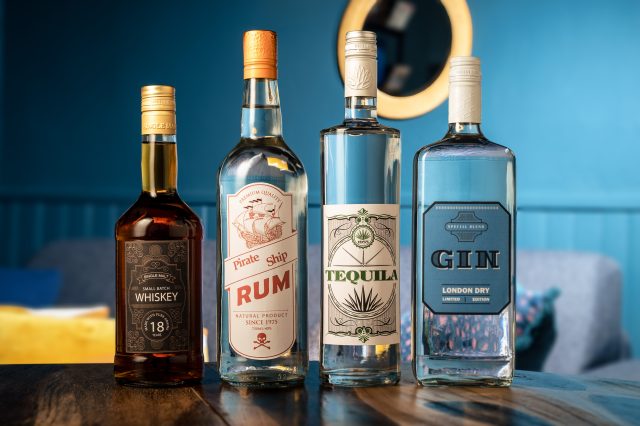This website uses cookies so that we can provide you with the best user experience possible. Cookie information is stored in your browser and performs functions such as recognising you when you return to our website and helping our team to understand which sections of the website you find most interesting and useful.
Are personalised closures the latest signifier of luxury?
Drinks producers are increasingly seeing corks and screwcaps as “prime real estate” to convey a marketing message. db investigates the best options out there to make your closure count.
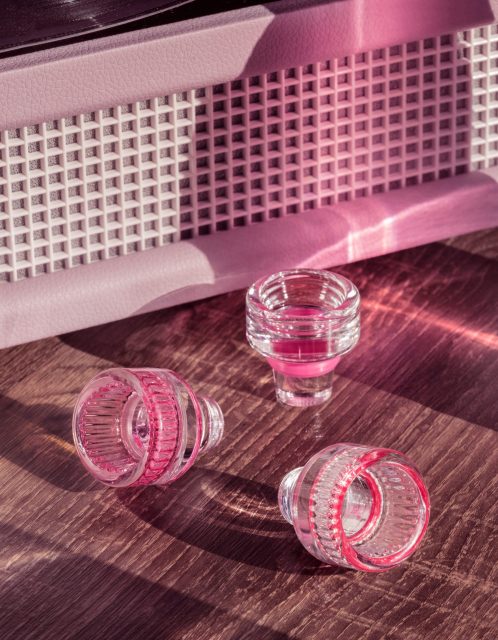
According to global closures firm Crealis, bespoke closures will become a priority for brands in 2024, in order to demonstrate their uniqueness to the market.
Indeed, personalised closures have fast become a powerful tool for luxury wine and spirits producers to convey messages of exclusivity and target consumers in different environments.
Speaking to the drinks business, Carlos de Jesus, director of marketing and communications for cork producer Amorim, describes a bottle’s closure as “prime real estate to communicate with the consumer”.
The fact that at closures company Diam more than 95% of customers choose to personalise their corks underscores the prolific trend. It’s why the company decided to propose “very small-quantity, bespoke options for extremely exclusive cuvées”, reveals head of product France Auger.
Here we look at some of the ways in which producers can make their closure stand out.
Glow in the dark
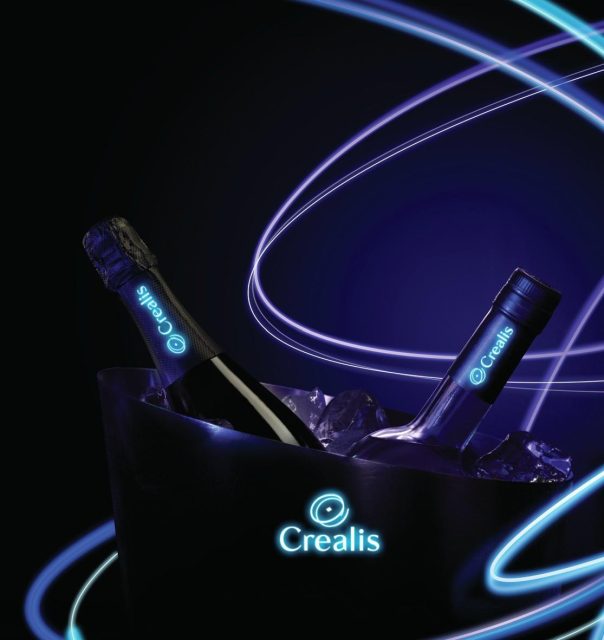
In January this year, Crealis launched new Glow! product, available for foils, capsules and screwcaps, designed especially to target the nightclub market. A fluorescent system – “hides a logo, a message or any other design that is only visible underneath UV lights”, explains group marketing director Isabelle Gruard. She says the technology allows brands to offer “a little ‘showtime!’” in VIP sectors of nightclubs.
“Up until now, to stand out from the crowd, some brands have developed fluorescent packaging, notably on the label and also by integrating lighting systems into the bottom of the bottle,” Gruard says. “It’s a way of standing out, of being seen and recognised. So, to prolong this effect, we extended the fluorescent treatment to the top of the bottles, which are often the most visible parts of the wine when in ice buckets in nightclubs.”
Play with texture
One popular customisation option at Amcor is its “soft touch” offering that “gives a velvety feeling to the closure”, says Catherine Fontinha, head of marketing. Amcor’s Shapeart Texture option also gives a textured look to screwcaps, “while using less inks and varnishes, and therefore being a more sustainable option”.
Bring the bling
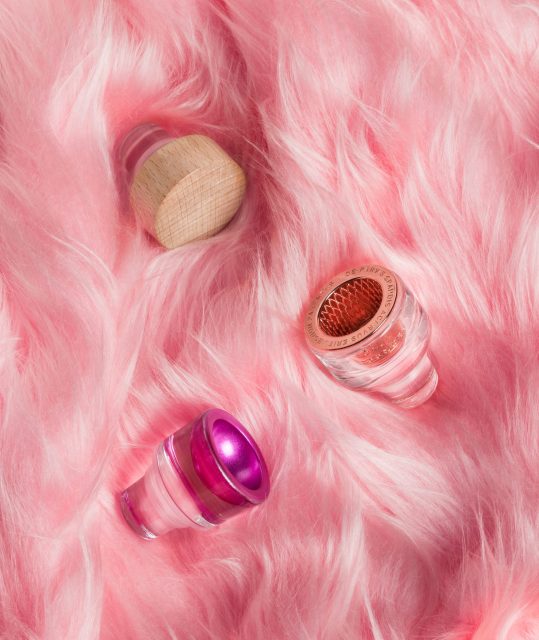
Vinolok launched its Duet glass closures in October 2023, which allow for top and side lasering to create “a distinctive burn effect,” says Vinolok’s marketing manager Katerina Slezáková.
Hot foils, embossing and 3D labels are also possibilities, as are a high-gloss metal coating in different colours, or topping the closure with a ‘jewellery stone’.
Peel and reveal
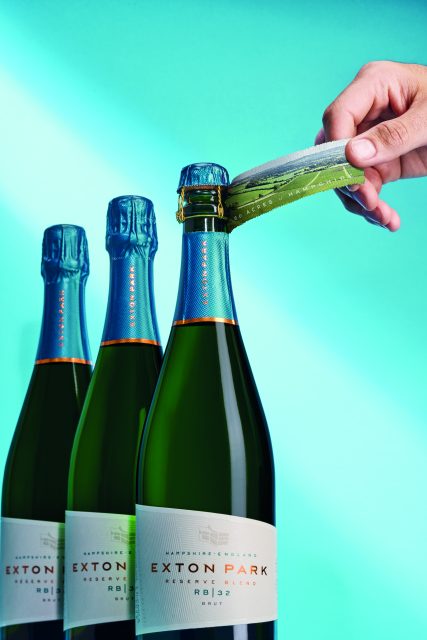
English sparkling wine producer Exton Park used digital printing to create a personalised foil, which when peeled back, reveals an image of the estate’s property and vineyards. According to Crealis, which masterminded the effect, an innovation like this offers “real added value upon opening”, says group marketing director Isabelle Gruard.
The technique also spoke to Exton Park’s sustainability goals, with the foil made from bio-sourced polyethylene and printed with acrylic inks.
Sustainable shout-out
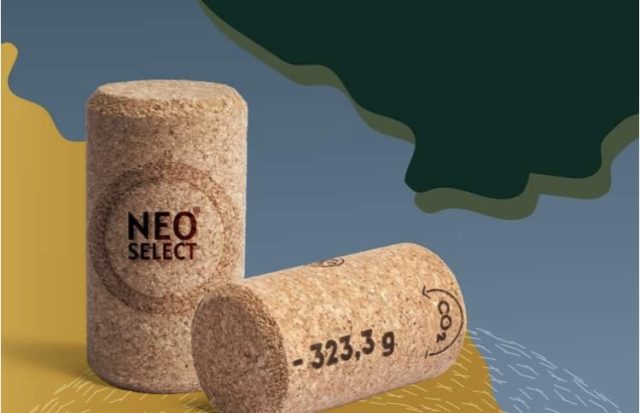
Drinks producers are using their closure as a billboard on which to promote their latest breakthroughs in science and sustainability. For MA Silva, its new Neo Select micro-agglomerated corks (pictured above) tell consumers about their carbon capture. Entirely free from microspheres (microplastics), the corks ditch glue as a bonding agent in favour of using a plant-based polyol made from the seeds of grapes.
What does this mean? In a typical micro-agglomerated cork the ratio of ingredients tends to be around 75-80% cork (and cork granules) to 20-25% glue. In replacing the 25% glue with a vegetable substance, and by using cork powder instead of microspheres, Neo Select becomes a much more natural product.
In making the swap, the product “has lost a little bit of elasticity (around 1%) – so next to nothing,” says MA Silva’s marketing manager Nuno Silva.
Related news
Eminent Greek winery founder dies aged 82
Sherry Week celebrates gastronomic potential of historic wines
Spain 'needs to learn how to market our fine wines', producer claims

